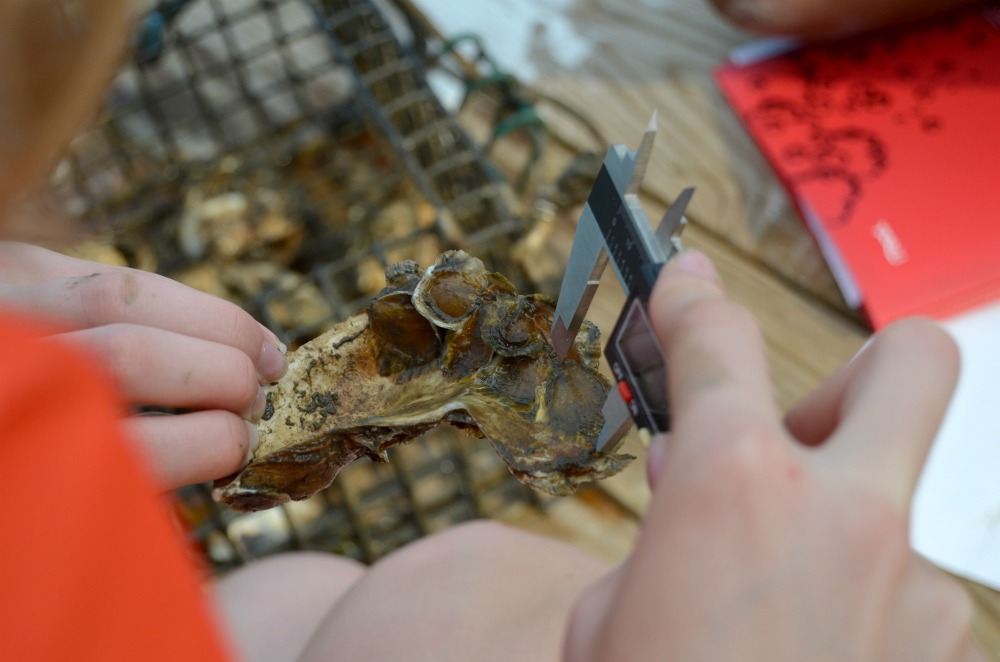

This promotes the growth of underwater grasses, such as wild celery, which serve as important habitat for other species. From this point forward, the oysters are self-sustaining, filtering all the nutrients they need directly from the water in their environment.īecause oysters are filter feeders, they help keep the water clean. The tiles or shells that hold the spat are secured to frames or in cages and submerged along an intertidal area or suspended from a long line. When oysters reproduce, they spawn tiny larvae that freely navigate the water column until they find an appropriate habitat with a structure to settle on. Watch these videos to see the whole process. Then in late spring, return the more mature oysters to be placed on an oyster sanctuary. Hang the cages off a dock so the spat can have a chance to grow. Hang the cage off a dock until the oysters have grown enough to be added to a reef. In the fall, build oyster cages and fill them with 'spat on shell' - tiny baby oysters living on old oyster shells. The successful farming of oysters and other shellfish relies upon successful settlement of larvae onto a selected substrate-typically other oyster shells or ceramic tiles-within a hatchery or wild setting. Raise baby oysters (called 'spat') in oyster cages. Oysters are frequently cultivated for food and pearls. Once the larvae permanently attach to a surface, they are known as spat. When oysters reproduce, they spawn tiny larvae that freely navigate the water column until they find an appropriate habitat with a structure to settle on. Oysters are a type of shellfish that live in brackish and saltwater bays, estuaries, and tidal creeks.


 0 kommentar(er)
0 kommentar(er)
